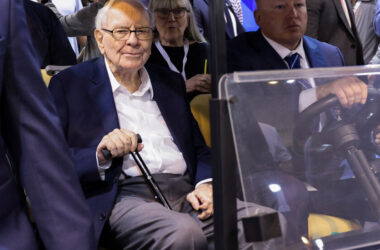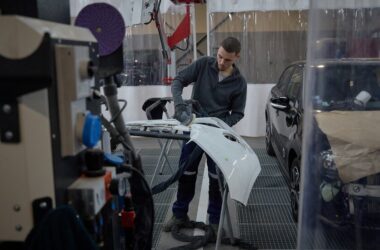Among the great many things there are to figure out at Wonder is how to describe to customers what it is. The business doesn’t fit neatly into an existing food service category. “Delivery company” implies just an app and courier network, like Uber Eats or Grubhub, but Wonder makes all its own food in its own kitchens, too. “Ghost kitchen” and “virtual restaurant” describe brands that exist only as a menu on an app, with no street-level commercial presence; Wonder has slickly designed locations where customers can order, pick up, and, at least in theory, dine in at a handful of tables. Lately, the company’s internal creative team of seven has coalesced around the tagline “A New Kind of Food Hall.”
“I think that gets to the variety aspect,” said Daniel Shlossman, who left a role as the marketing chief at Sweetgreen to join Wonder’s senior leadership team in 2023. But also, he said, “we talk about it as the ‘super-app of mealtime,’” a description that sums up Mr. Lore’s ambition for Wonder’s app to sell and deliver not only food from its own kitchens, but food from other restaurants, too, as well as meal kits, even groceries. (Wonder’s offerings are not available via other delivery apps, which means customers will have to want its food enough to seek it out.)
Today, though, the main focus at Wonder is getting its own restaurants up and running. Its kitchens don’t require gas-powered stoves and exhaust systems to vent cooking fumes, making for cheaper, quicker build-outs. Everything on the Wonder menu is designed to be cooked using three pieces of electric equipment: a hot water bath, a rapid-cook oven, and a fryer.
During a visit to Parsippany in January, Mr. Shlossman took me to see Wonder’s research and development center, a series of gleaming test kitchens staffed with dozens of professional cooks clad in Wonder-branded chef’s whites.
Wonder prepares and in many cases, par-cooks, all of its menu items in large commissary facilities, then distributes the dishes individually portioned to its restaurants, where employees can finish the preparation in a matter of minutes, with little cooking skill required. This allows the restaurants to be staffed by what Mr. Lore calls “lightly trained labor.”




